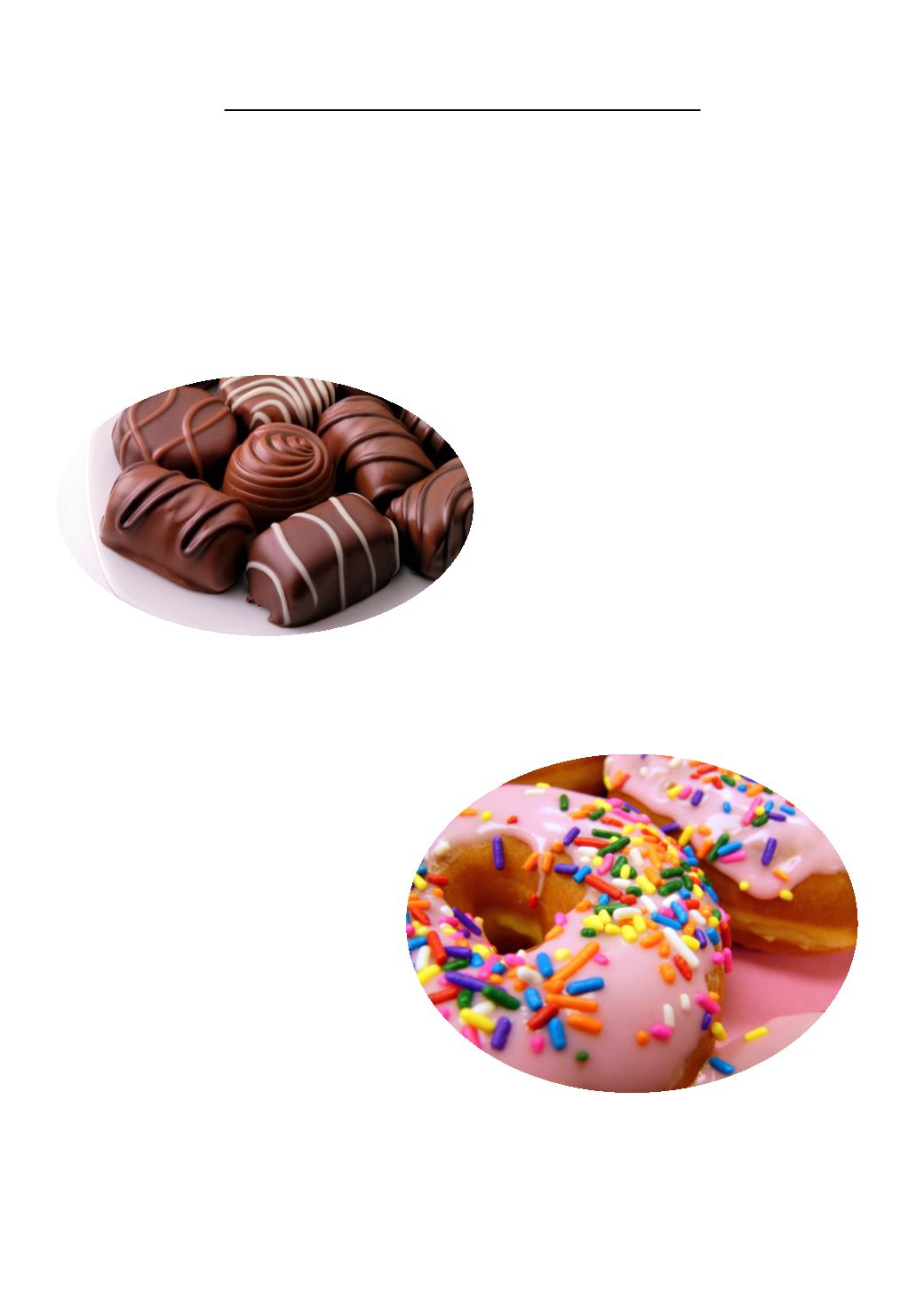

Issue 2 | February 2017
4
One
recent studyrevealed that an area of the brain
related to addiction and reward, the nucleus ac-
cumbens, lights up when a person is shown calorie
rich, fatty foods compared to healthy food. Anoth-
er area of the brain associated with pleasant tastes
and reward, the orbitofrontal cortex,
is activated when we eat fatty foods.In the early 2000s, a group of American psychia-
trists studying obesity decided to test whether the
hypothesis of food being potentially addictive can
be experimentally proven. They carried out a se-
ries of studies in which rats were offered an
option of sugary, fatty foods and healthier
substitutes. Nicole Avena, a researcher
said: "We found signs of tolerance, with-
drawal, craving and measurable changes in
neural chemicals such as dopamine and
opioid release.” –all the known signs of
drug addiction were present, even tolerat-
ing "foot shock" (running over an electric
grid) to get their fix.
As Avena mentioned, "additional studies
have been conducted that validate these ini-
tial findings. And there’s been some studies
done in humans now that have really begun
to characterize this."
So what is the most addictive food? Research in
this topic is mostly concentrated on fatty and sug-
ary foods, an addiction to which could explain
why there are more than 1.4 billion overweight
people in the world, 600 million of which are
obese.
Fat and sugar are known to produce different re-
sponses in the brain’s reward system: while rats
who had been fed sugary diets and were suddenly
switched back to a normal diet show signs of with-
drawal, such as anxiety, shaking and changes in
body temperature, rats on a fatty diet did not show
such symptoms. However, we do have to keep in
mind that that does not mean that fatty food is less
addictive- cocaine addicts do not show withdraw-
al, unlike heroin addicts do.
The drug rimonabant, which reduces nicotine
cravings in tobacco users, can reduce the desire
for food- this is yet another piece of evidence
that suggests food is addictive.
More work is needed to determine whether the
brain's overeating networks are the same as its
drug addiction pathways and, if so, whether ad-
diction treatments can reduce the obesity epidem-
ic.
Meanwhile we can test it ourselves: next time you
are picking up your lunch, take a minute to think
about what is making you take the certain foods-
you or an addiction?
How addictive is the food you eat?
Valeria Orlova – L6th
















